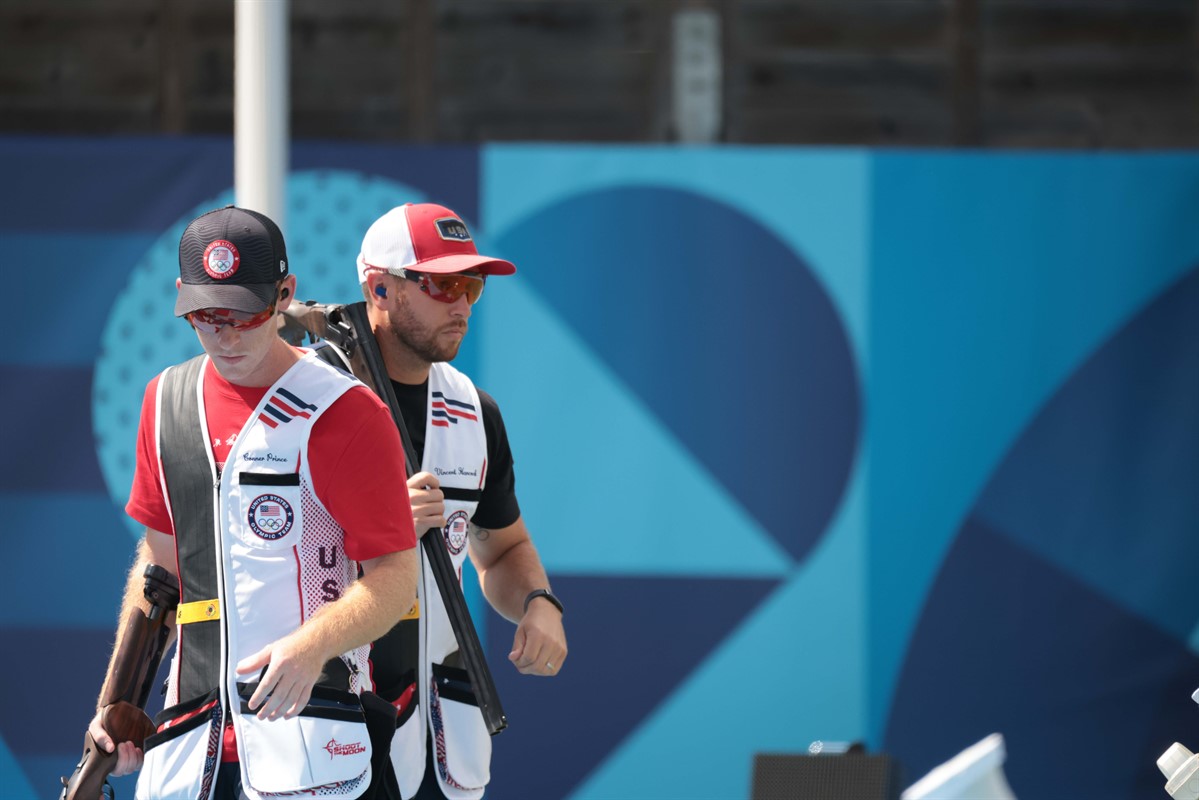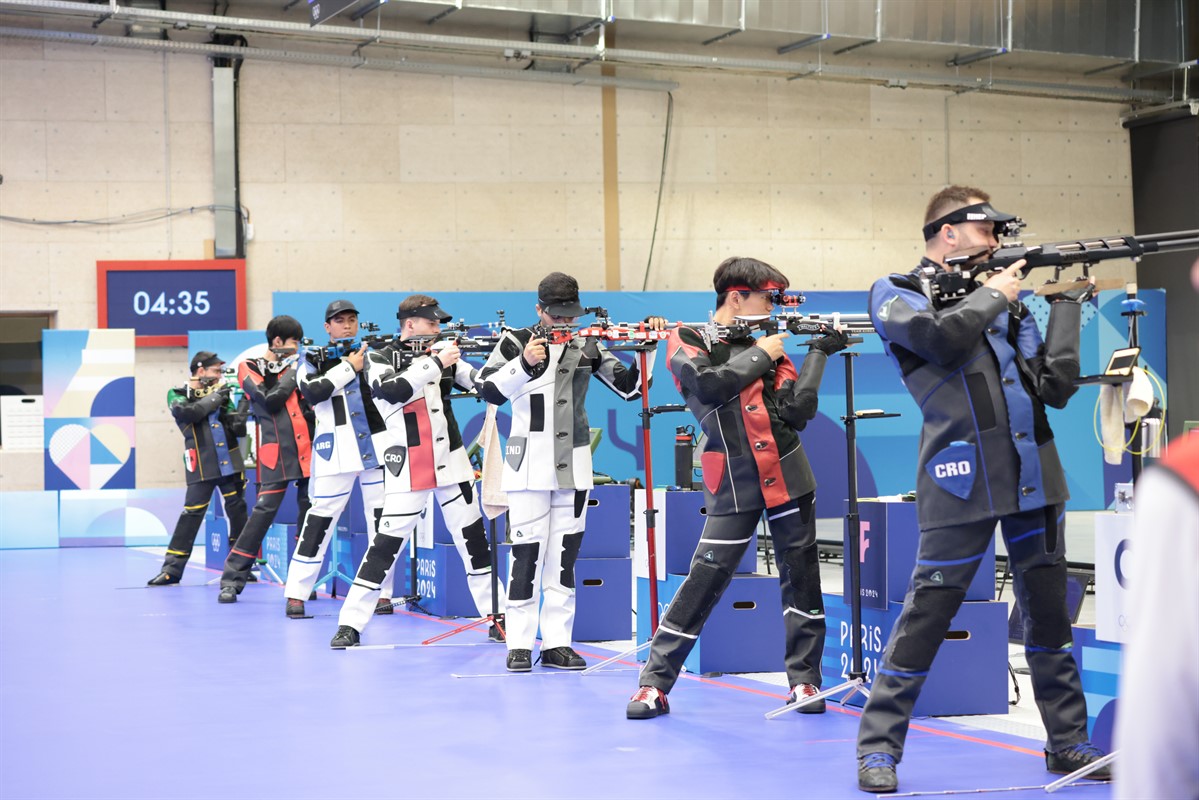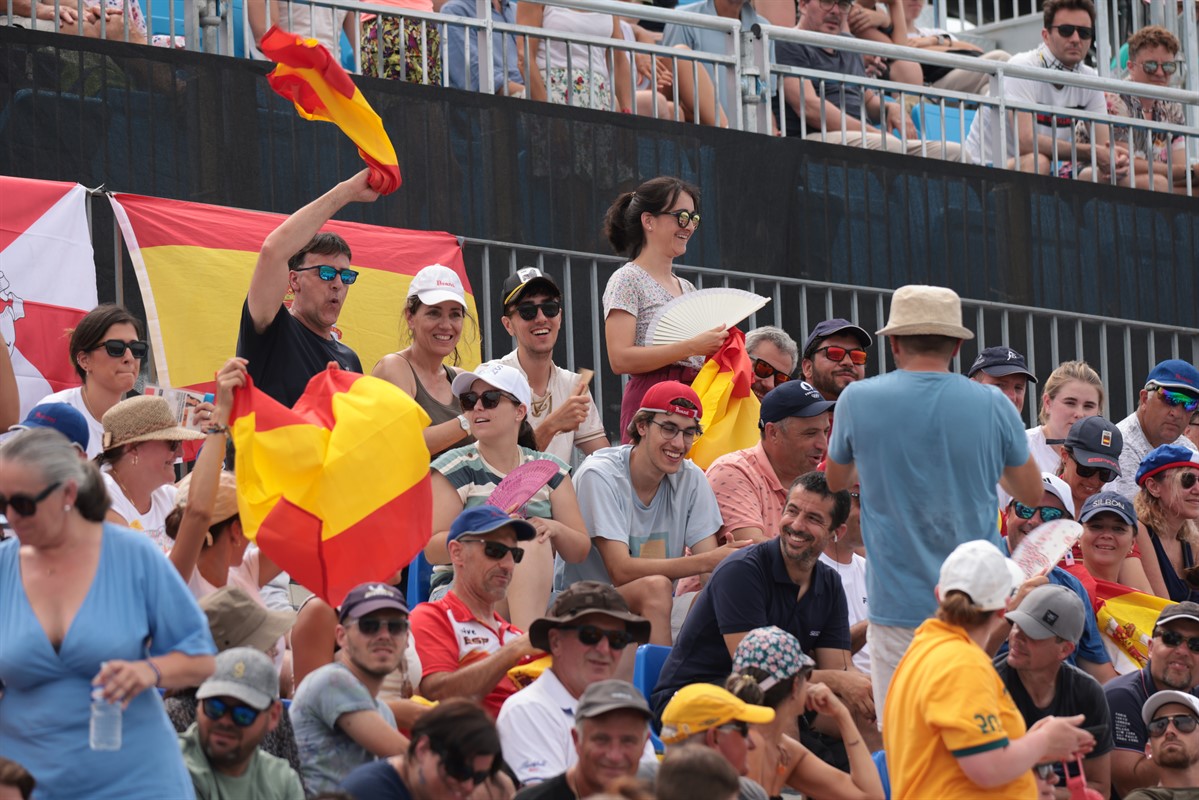Newly-appointed ISSF Sport Director Peter Underhill speaks about the future of shooting sport in an interview with the ISSF.
Part of successfully running a governing body is ensuring you have the right people in place to deliver successful results. The latest ISSF appointment, Peter Underhill as the ISSF Sport Director, continues to prove the ambition is there to improve the organisation daily.
Underhill has decades of experience in the sport having first shot at the age of 12 in school and would go on to join the infantry in the British Army, where he spent 36 years. During that period, he participated in CISM and ISSF discipline events and travelled around the world competing.
But his greatest contribution to shooting has came administratively. He became the Competition Manager for the 2002 Commonwealth Games in Manchester and later helped deliver the 2014 Games in Glasgow.
During this period he became more involved in the British Shooting set-up and was also elected on the ISSF Judges Committee in 2005, lasting eight years as secretary. In 2014, he was elected chairman of the Committee where he stayed until 2022, when Ghislaine Briez succeeded him.
However, the moment that would make him a significant figure came when he was appointed Competition Manager for the London 2012 Olympic Games, being seconded from the army to the London 2012 Organising Committee for his last three years of military service.
Underhill returned at the Rio 2016 Games as chairman of the RTS jury, before being appointed Competition Manager for the Tokyo 2020 Olympic Games, where he spent around six months in Tokyo during the COVID-19 pandemic when restrictions were high. He then became the Competition Manager for Paris 2024 in Chateauroux immediately afterwards.
Following his Paris commitments, he was approached by the ISSF to become the new Sport Director, with a primary target of improving the event format and securing the Olympic future of shooting.
“I am interested in looking at the general positioning of the sport for the way we deliver and how we position ourselves in the sporting landscape, especially in our relationships with the IOC, who are obviously the key stakeholder partner we have,” said Underhill.
“When I realised that I was coming to the end in Chateauroux, I wanted to come back into the organisation.
“I'm not going to walk away with all the experience that I might have tucked away in this little brain of mine, so I thought I would need to come back, whether it's just finding a role or a position that would enable me to do that.”
 Peter Underhill was the Competition Manager for the Paris 2024 Olympic Games
Peter Underhill was the Competition Manager for the Paris 2024 Olympic GamesThe Briton enters the fray aware that the membership has a variety of opinions on shooting’s future but promises immediate changes will not be a priority, making it clear “I’m not going to force people to do things they don’t want to do”.
“But I think within the ISSF, the culture and how you turn that is up to you,” he added.
“I think that the culture and the ethos of the ISSF needs to be probably more inclusive and throughout the organisation, all the little bodies we have from the Executive Committee downwards really must accept responsibilities for their decisions and actions.
“In the past, some of these committees have had almost just a mirage of transparency, when actually, it isn't there at all.
“Now, I'm glad to see there's encouraging signs there are people on there who really do know what they're talking about, and can be relied upon to talk with authority, and to get things done and make a difference.
“If we don't have good governance then things are going to fall apart.”
Underhill stressed that retaining Olympic status beyond 2028 “is a primary concern to us” and has a five-point plan to achieve that: formatting of events, equipment control, world rankings, sporting calendars and sustainability.
Confirming the format of events for the Los Angeles 2028 Olympic Games remains a short-term priority, which will begin to gather speed following the International Olympic Committee review of shooting at the Paris 2024 Games. His key takeaway is improving the sport’s presentation, particularly with television audiences to keep new fans, engaged.
He admits that finals formats will be reviewed and there is discussion about increasing the number of finalists to eight across all individual events.
Equipment control will be revised to improve the efficiency and keep queues down at major events, while the world rankings system is undergoing a change, to be brought in in March. The Athletes Committee called for a simplification of the rankings and their concerns have been listened to.
It feeds into sporting calendars and the sport’s sustainability too. Underhill is keen to keep the calendar under control and lead with a “less is more” approach.
“I feel it would be better to have fewer events of higher quality than just lots of events of reasonable quality,” he added.
“The balance has to be struck.”
 Improvements in equipment control efficiency is one of the targets for the ISSF
Improvements in equipment control efficiency is one of the targets for the ISSFWith fewer events, it is making the sport greener as a result and the calendar has been planned with an eye on keeping costs down and being more environmentally friendly. You can see this with the Buenos Aires-Lima ISSF World Cup double-header in April, both hosted within a three-week period in South America.
“For me, it's getting back to sensible, pragmatic delivery of events, a sensible calendar that the athletes can cope with, or so that they can afford to go to,” said Underhill.
“So maybe it's all right for some of the very larger teams to be able to cope with a very packed calendar, because they can spread the teams around and expose people as they see fit, but for some of the smaller teams, they just can't afford to go to all these events to earn all these world-ranking points, or whatever the qualification system is for the Olympics.”
While there is plenty of collaboration within the organisation, standards have to be met outside too. Underhill makes it clear that shooting’s future has to reflect the IOC’s ambition too and is keen to find ways to remain innovative in the sports presentation, praising the work done in Chateauroux.
“It proves to you that you don't need huge finals halls with thousands of spectators to make good sports presentation and a good atmosphere - a small audience, but with good music and good presenters.
“That combination of look and feel, music, light, is very important.
“That generally then leads to the athletes being able to perform to their true potential. They're encouraged by it, which is fantastic.”
The implementation of statistics during finals are being considered, as well as showing the aim of the athletes, which will be trialled after positive discussions with the Olympic Broadcasting Services.
Heart rate monitors and wind gauges have also been talked as ways to improve the presentation of the sport through the screen.
“It's not necessarily the actual format, it's how you deliver a format,” he added.
“The format has got to be simple and easily understood.
“Shooting is a niche, fairly bespoke sport that is not natural to the average spectator’s library of knowledge so we have we have some explaining to do.
“What you don't want is a finalist changing from a gun score to points or having changes within the scoring system.
“That doesn't allow for a natural flow.
“If you want to get mass appeal, then it's got to be something that can sustain interest of young people.
“We've got to try and improve upon that, yet at the same time not totally sacrificing the sport by making it so short that you lose the essence of what the sport is all about.”
 Audience interaction is a key consideration for the ISSF heading into 2025
Audience interaction is a key consideration for the ISSF heading into 2025Modernising the sport and making it more accessible has made esports an area of interest. Underhill cited talent identification initiatives rolled out in the United Kingdom that used virtual clay pigeon shooting as a pathway to competing in the sport either physically or virtually. With the recent popularity of shooting following the Olympic Games, he sees it important to capture the attention of potential audiences when the momentum is still high and most importantly, impress the IOC.
“I think it's also incumbent upon me, because I do have a pretty strong relationship within the sport, and certainly with the IOC Sports Department, about how we fit into that IOC landscape, and how we preserve the integrity of our sport going forward,” said Underhill.
And while making the sport look slick and engaging with young people is necessary, he is quick to remind that the improvements must start at home and calls for effective dialogue to ensure the best results possible.
“It's really difficult within an International Federation to communicate information and awareness out and when we do make change, we need to do that through communication,” he said.
“Communication is key and that's why those committees and all our different organisational boards, we've got to get better at talking with each other and being more inclusive and trusting each other.
“I'm really heartened by that because at the end of the day of course it's all about athletes and we need to we need to look after them.”